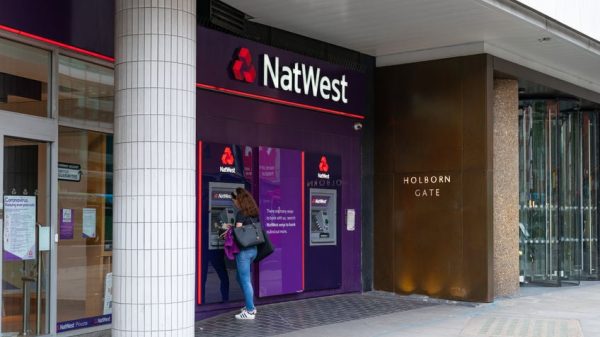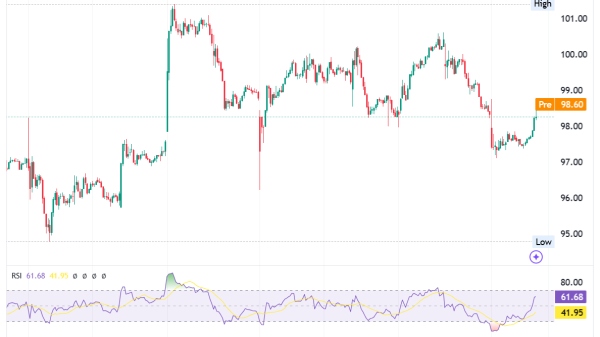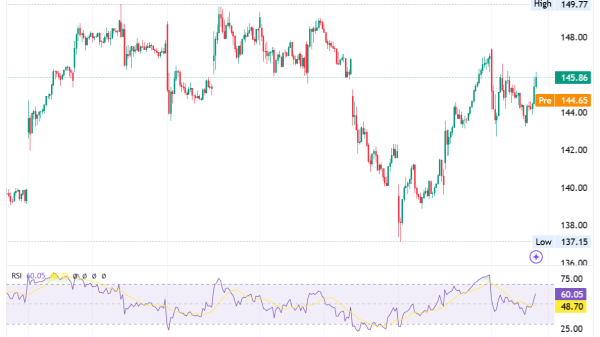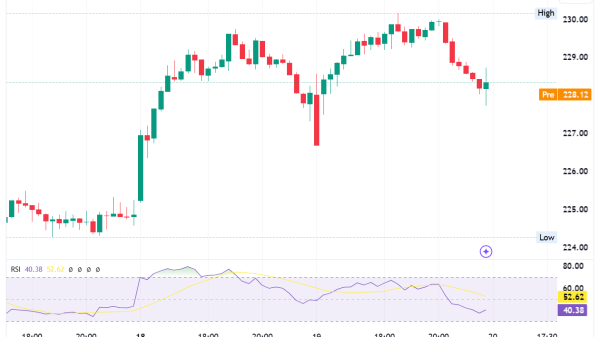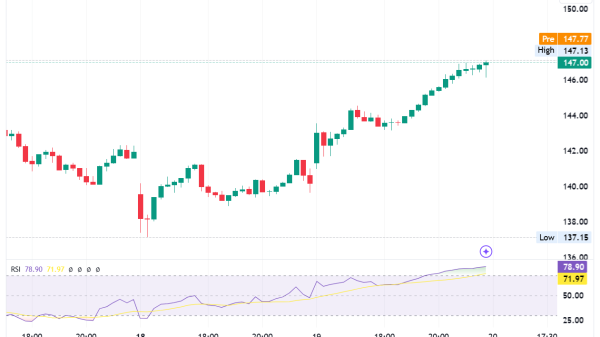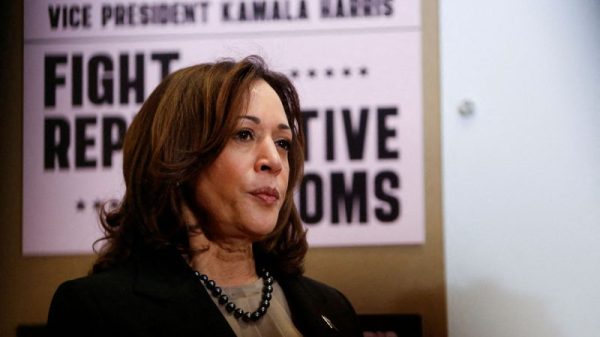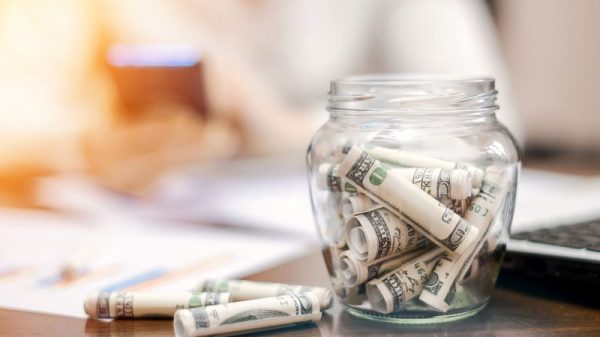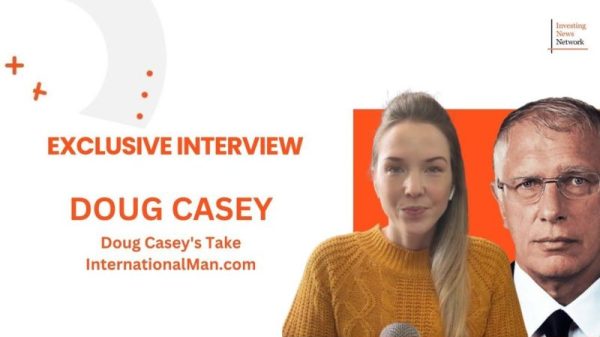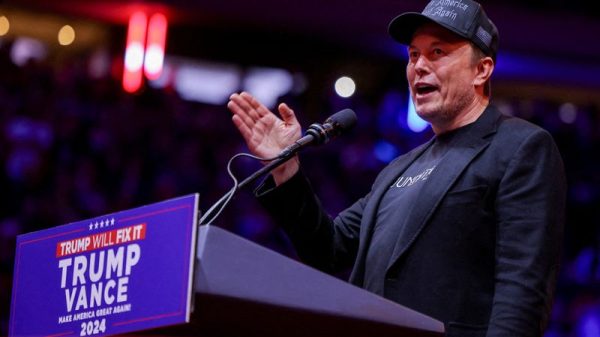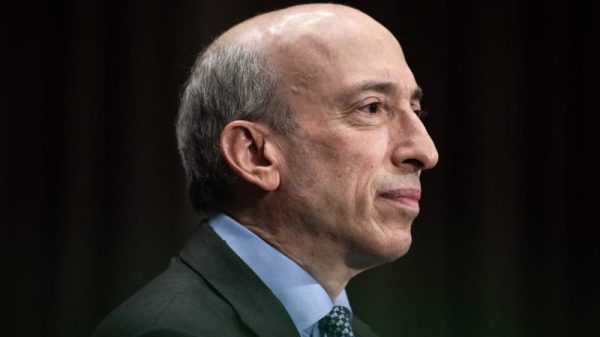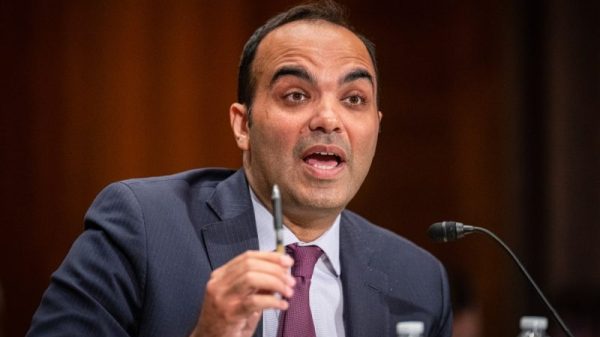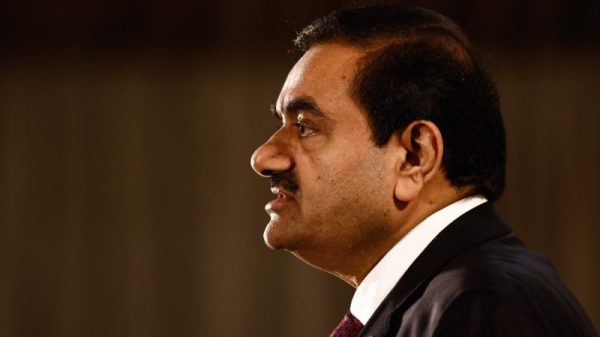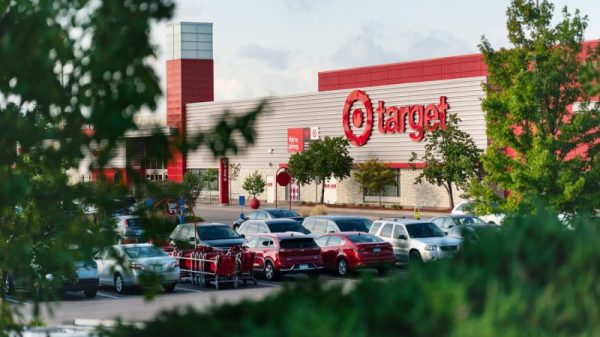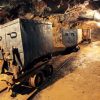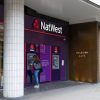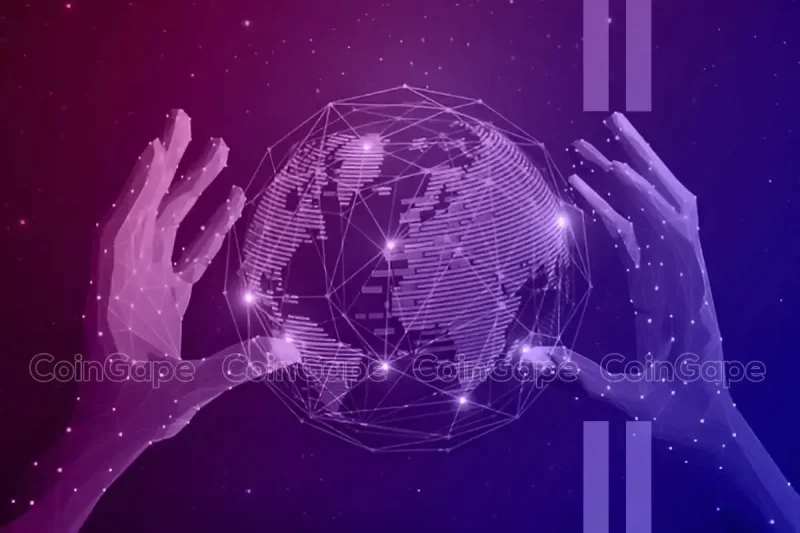
You’d be forgiven if you thought the blockchain was for the finance industry only, especially when it first came onto the scene in 2009. This is because the technology is presented as an alternative to the traditional finance sector. And that’s fine. Bitcoin was going to revolutionize the way payments and transactions were made, and it was going to be able to do this on the blockchain platform.
However, we’ve since realized over the years that the blockchain is more than the financial markets and industry. We saw that the technology could be adapted as a solution to some of the difficulties facing other industries. In the same vein, the blockchain has brought with it emerging concepts that have proven disruptive and important in today’s digital world. One such concept is Real-World Asset (RWA) tokenization.
The blockchain has acted as the foundation for the introduction/turning of real-world assets into digital tokens on a decentralized, secure, and transparent ledger system. It is this ability of blockchain to bridge the gap between traditional sectors like these and digital worlds that we’ll be discussing in this article.
What is RWA Tokenization
RWA tokenization is the process of converting tangible real-world assets like art, real estate, commodities, machinery, and bonds into digital tokens. After being tokenized, they become a class of crypto tokens that represent tangible assets outside the digital world. Traditionally, these assets and financial tools are often inaccessible, but with tokenization, they become available to everyone and are offered to retail investors through the blockchain.
Usually, the tangible assets represented by RWAs essentially have economic value and are universally accepted by individuals or enterprises. This is clear with the numbers attached to the sector. At the time of writing, the Total Value Locked (TVL) in the RWA sector is $6.8 billion. One of the earliest forms of RWAs is stablecoins. In 2014, Tether (USDT) was launched and designed to be pegged to the US dollar at $1. This tokenization of the dollar has since led to a stablecoin market valued at $172 billion, with the USDT dominating with 69.83%.
Research by Binance shows that the total on-chain RWAs reached an all-time high of $12 billion (at the time of writing, it’s worth $7.8 billion excluding the $172 billion stablecoin market). Some of the world’s biggest companies are participating in the RWA space. Blackrock is a clear example. The world’s largest asset manager with a $10 trillion asset portfolio recently partnered with Securitize to make traditional financial products accessible through digitization. Today, BlackRock’s BUIDL leads the tokenized Treasury category with a market cap of $539 million. In an interview with Bloomberg Television, Larry Fink, the CEO of BlackRock mentioned that tokenization is the technological transformation for financial assets. BlackRock’s involvement in tokenization has encouraged more asset management firms to tokenize their assets. Franklin Templeton’s FOBXX for instance is the second-largest tokenized Treasury with a $410 million market cap.
Transforming Real Estate Through Blockchain
The processes involved in investing in traditional real estate can be quite daunting. This entails a long and winding process of finding the right agent, preparing and listing your property, and hoping the right buyer discovers it. All these are potential bottlenecks to finding or selling a property. However, high intermediary (agent) costs, time-consuming and complex transactions, and limited liquidity are some of the biggest problems with traditional real estate processes. The blockchain is presenting a better way of buying properties today.
A fundamental tenet of the blockchain is taking out the need for intermediaries in transactions. This feature is doing a great deal of good in the real estate realm. It is removing the need for agents, and completely turning the market into a peer-to-peer (P2P) one where the buyer and the seller transact directly. You can now buy a property directly from the lister without paying anyone a finder’s/consulting fee. And because this is done directly on the blockchain, it is less time-consuming and complex. Transactions can be carried out in a day if both buyer and seller are satisfied with the conditions around the listing of an asset. A platform modernizing real estate transactions by automating closing processes in real estate deals is Propy. Propy automates the closing process for all real estate participants to make closing faster, easier, and more secure. The company helps with carrying out real estate transactions using cryptocurrencies.
Blockchain technology in the real estate space is also solving the problem associated with limited liquidity. Buying properties like houses and lands is very capital intensive and as a result, not a lot of people can play in that space. The blockchain is changing this. Through fractional ownership, you can now get a piece of property you desire without needing to spend beyond your means or miss out because you don’t have the complete amount. Imagine owning a one-tenth of an apartment in Manhattan worth over $1.5 million for only $150,000 or investing in a Van Gogh masterpiece for just $100. These aren’t wild ideas — they are happening today with the help of blockchain.
Environmental Impact on Investments
The sustainable finance market size was valued at $5.4 trillion in 2023. It is estimated to be valued at $31.1 trillion by 2032, at a CAGR of 22% over 2024 and 2032. This growth is driven by an increasing awareness among governments and people regarding environmental issues. For a long time now there’s been a lack of transparency to sustainable investing. This has made it difficult for retail investors to understand the environmental impact of their investments. Blockchain technology is revolutionizing the niche of sustainable finance, a promising development in the fight against climate change. This is where an innovative platform like Mintera steps in. Mintera creates a climate-positive financial ecosystem based on blockchain technology that offers a hub of safe, reliable, and innovative investment solutions backed by real assets and strong environmental commitments. With this platform, investors now have a way to invest that generates returns and contributes to the preservation of the environment.
Bridging Web2 and Web3
The adoption of Web3 technologies faces challenges like technical jargon, poor user experience, and regulatory concerns. These challenges have made the blockchain industry difficult for developers to work in. While regulations can help guide the industry, they can also introduce new problems. For instance, if we say one of the driving principles of the blockchain is the removal of the middleman from financial transactions, the introduction of a regulatory tool like Know Your Customer (KYC) could undermine this.
A project stepping into this obvious gap in the seamless adoption of Web3 technology from a Web2 background is Joinn. Joinn is leveraging advanced blockchain technology hidden in the back end to ensure a seamless and secure user experience, making the complexities of Web3 as approachable as familiar Web2 applications. By operating under a regulatory-compliant framework, Joinn offers access to on-chain RWAs and USDC via a Mastercard for Retail and Institutional Users.
Future of Asset Tokenization
Real-world asset tokenization has opened up opportunities for investment in traditional assets like real estate, securities, art, etc. The process is more accessible and efficient and investors can now easily access commodities and intellectual properties that were previously difficult to trade. The future of tokenization will have the following:
New avenues to invest beyond traditional assets Clearer regulatory frameworks around tokenized assets Access to tokenized assets worldwide Interoperable protocols across various blockchain networks that’ll streamline the process of facilitating smoother transactions for tokenized assets, and improving connectivity within the market.
Conclusion
This article shows how blockchain technology is both disrupting traditional systems and creating a more inclusive and efficient world. Innovative platforms like Propy are revolutionizing how real estate transactions are done, Mintera’s unique approach to environmental finance, and Joinn’s seamless product that helps with the integration of Web3 features and capabilities are showing us the true potential of blockchain technology. These projects solve real-world problems that affect the daily lives of people, and this is exactly what the blockchain is all about.
The post RWAs and the Bridge Between Traditional and Digital Realms appeared first on CoinGape.



